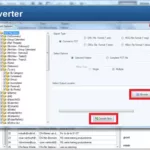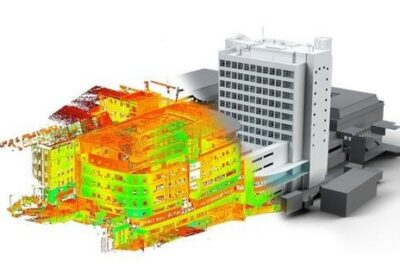
How to Draft a Performance Review
Statistics show that 85% of employees consider quitting their jobs if they feel their performance review is unfair. While making performance reviews accurate is difficult, it’s still essential to wrap those up before the year ends. Employees must know how well they’re doing to be able to get promoted or get a raise in the future.
You’re not alone if you don’t know how to write an employee performance review. But you must learn if you want your company to run efficiently. Here are a few tips every business owner should follow to write accurate performance reviews.
Why Write a Performance Review?
Drafting a performance review will help guide the overall tone and focus of the review. Is the employee doing a good job, and do you want to document it? Or are there areas of improvement that need to be addressed?
Gather Relevant Information
Gathering relevant information from various sources is essential in drafting a practical review. It may include surveys that can be valuable for collecting feedback from employees and their supervisors. These surveys can be anonymous, which can encourage employees to be honest about any areas of concern.
Another option is to hold one-on-one meetings with employees to discuss their progress. This allows employees to provide input and ask questions about the performance review process.
What to Include in an Employee Performance Review
When drafting performance review phrases, it is essential to consider what to include in the review. The following are key elements to include in an employee performance review:
1. Job Description
The job description provides a broad overview of the expectations for the position. Using the job description as a guide for what to include in the performance review can be helpful.
2. Overall Performance
Overall performance includes productivity, quality of work, job knowledge, and ability to work within the company’s culture. It is also important to give specific examples of their strengths and weaknesses.
A rating of 1-5 can be given for overall performance, with five being the highest. Assess how the employee has performed in relation to their job description and objectives.
3. Areas of Improvement
Be sure also to include the negative aspects of the employee’s performance. For the “areas of improvement” section, try to be as specific as possible regarding what the employee needs to work on. For example, rather than simply saying, “needs to improve communication skills,” you could say, “needs to work on active listening and responding to questions on time.”
By being specific, you can help the employee know exactly what needs to be improved and how they can go about doing so.
4. Positive Aspects of Performance
While it is essential to be honest in a performance review, it is also important to be constructive and positive to motivate the individual to continue doing their best. This includes discussing what they did well and how their actions benefited the company or organization. It is also important to give specific examples to illustrate these points.
5. Communication
The employee’s ability to communicate effectively can impact their work performance and their ability to work with others. When evaluating an employee’s communication skills, it is essential to consider both their verbal and written communication.
This includes their ability to effectively communicate their thoughts and ideas, as well as their ability to listen and understand others. Effective communication is a vital component of a thriving work environment, and employees who excel in this area are an asset to any organization.
6. Collaboration and Teamwork
This can be done by assessing their communication ability, listening to others, and providing constructive feedback. Additionally, it is essential to consider if the employee can work autonomously and as part of a team. This will give you a well-rounded perspective of their ability to collaborate.
7. Quality and Accuracy of Work
To what degree was quality maintained, and how often were accuracy errors made? If quality or accuracy was an issue, what steps were taken to improve the situation? Be as specific as possible in your discussion of quality and accuracy, and use specific examples to illustrate your points.
8. Attendance, Punctuality, and Reliability
Attendance, punctuality, and reliability are critical factors in employees’ ability to do their job and contribute to the organization. To draft a performance review in this area, start by reviewing the attendance records for the employee being reviewed. If there are any patterns of absenteeism or tardiness, make a note of them.
Next, consider the employee’s job duties and how their attendance or punctuality may have affected their ability to perform those duties. Finally, give your overall assessment of the employee’s attendance, timeliness, and reliability.
Develop a Format for the Review
The format should include an overview of the employee’s performance and specific areas of improvement and commendation. Additionally, the format should identify goals for the employee to strive for in the coming year. By taking the time to develop a well-defined format, performance reviews can be an effective tool for promoting employee growth and development.
Outline the Content of the Review
It is essential to outline the content of the review. This will help ensure the review is comprehensive and covers all relevant information. The content of the review should include a review of the employee’s job performance, objectives, and goals.
It should also assess the employee’s strengths and weaknesses and identify areas for improvement. Once the content of the review has been outlined, it should be drafted clearly and concisely.
Drafting a Performance Review
A performance review is an important document that can help you communicate your successes and identify areas for improvement. When drafting a performance review, you must gather information, know what to include in the draft, develop a format, and outline the content. By doing so, you will be able to provide your employees with the feedback they need to be successful.
Are you interested in learning more about topics about business or home improvement? Check out more of our articles and learn all you can today!















